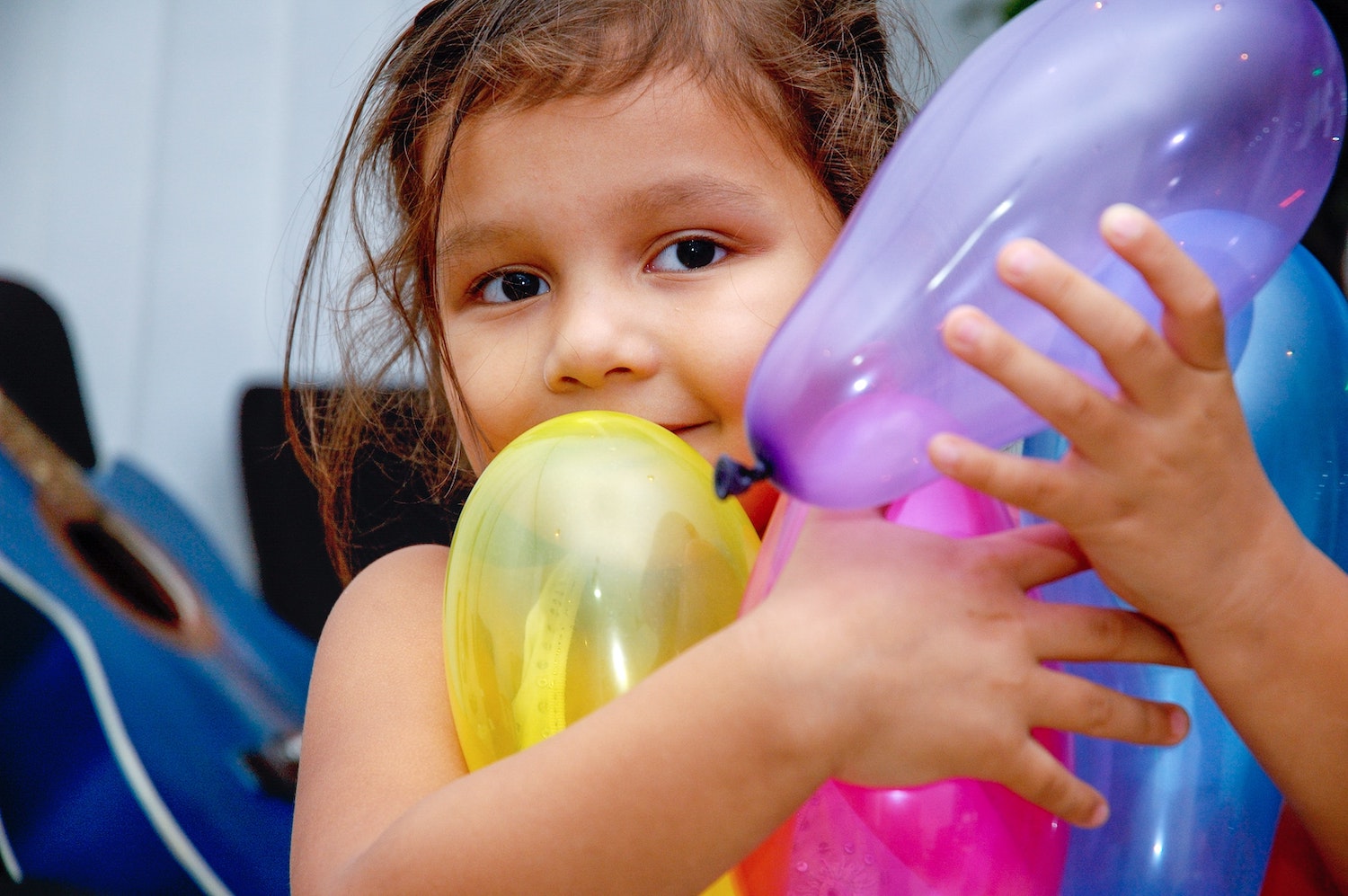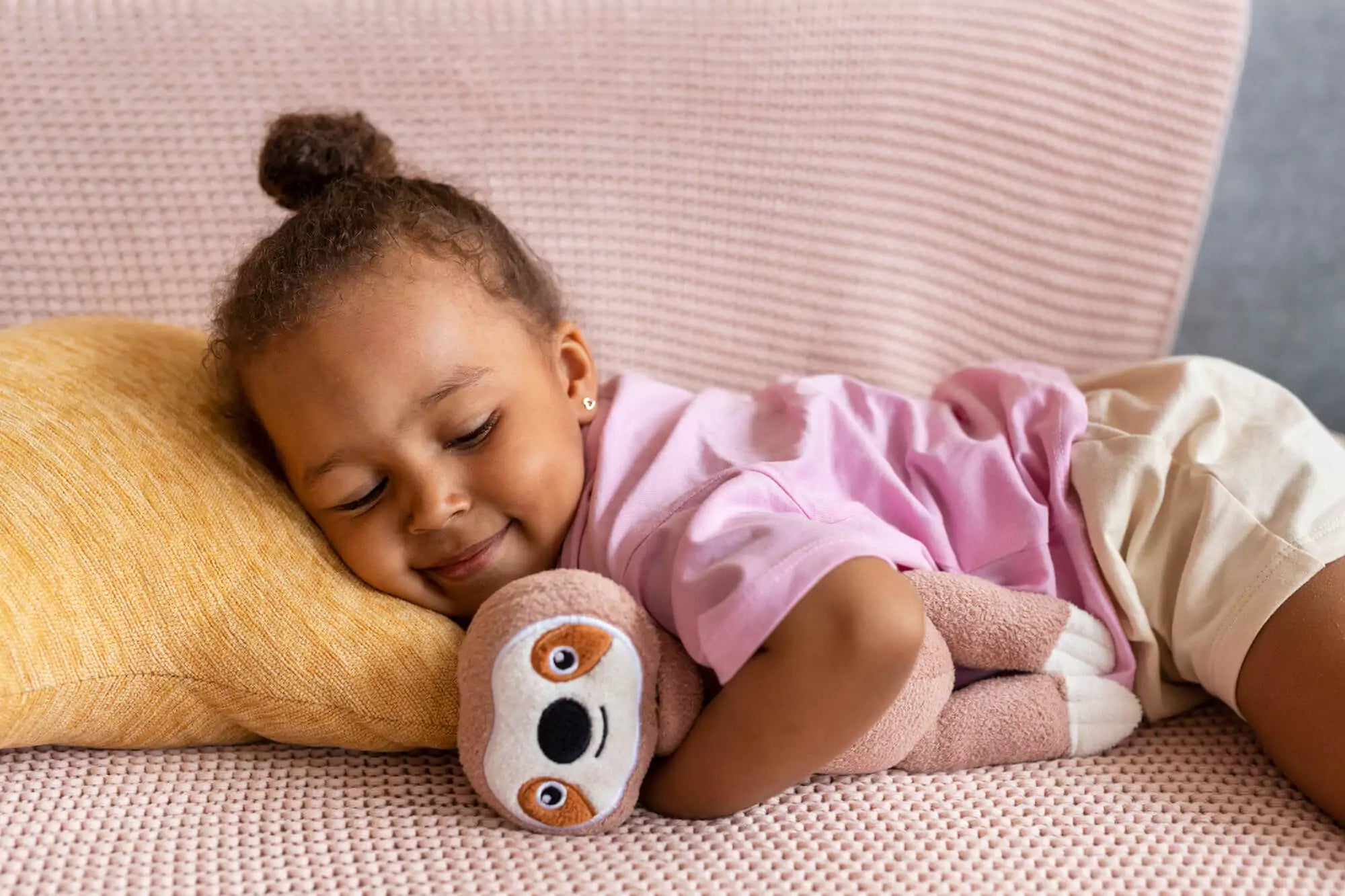Cognitive development is how a child reacts to his or her environment, and some of the cognitive skills which we learn as children include thinking, memory, and attention. Some cognitive skills are genetic, while others are taught to us through various activities. Among these activities that help develop cognitive skills, recognizing colors is one of the most effective and important ones.
Most kids are exposed to colors at a very young age. According to research, most babies can recognize colors by the time they are 3 - 6 months old. They are taught about the colors around them in preschool, and identifying them shows the progress of a child’s cognitive skills.
Here’s how color recognition helps develop cognitive skills in children:
Boosts visual communication
For most children, colors can be a way of non-verbal communication since their ability to speak may not have developed completely. Children cannot speak until they are about 4-5 years. They see, recognize the colors around them, and use them to communicate their desires, wants, and emotions.
Helps bolster creativity and imagination
By the time children are 6 months old, their sense of sight starts developing and continues till the age of ten. Colors help children explore their inner creativity and help them understand what each color is and what that color portrays. More importantly, it also helps boost imagination in children by impacting the cognitive and motor skills of children.
Affecting psychological reactions
Children aged 5 - 6 years start school and learn different words. However, they cannot fully communicate through speech or writing. Due to this, the colors around them and their environment are important sources of information for them.
Improving learning experiences
At many educational institutions and homes, it is seen that children surrounded by color in their space tend to display their full potential in an activity that demonstrates their eagerness to learn. According to research, the role of environmental factors, such as color, helps achieve higher levels of success and productivity and induces positive behavior, thus reducing the chances of error.
Impacting physiological and psychological behavior
Colors not only affect the psychological behavior of children, but they affect children as individuals. Some colors can have a positive effect on a child, while others can negatively impact your child. Colors not only have an impact on the brain but also on a child’s central nervous system. For example, if a child is in a room that is painted completely white, it may lead to a lack of stimulus, which creates an imbalance.
Each color can have a different effect on children. When children see colors, it results in hormones being released in their brain, affecting their emotions, energy levels, and mental clarity. Thus, it is vital to understand the importance of colors and how it impacts your child in every aspect of his/her development.













Share: